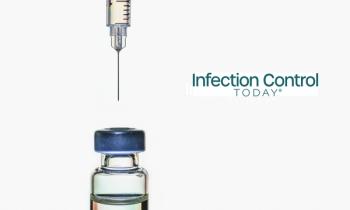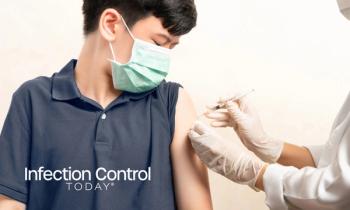
What Happened When COVID-19 Visited A Hair Salon
We have much work to do in terms of risk communication and awareness. This is a good example of how quickly exposures can happen in the workplace when we focus only on employee-to-customer interactions or healthcare worker-to-patient interactions.
The coronavirus disease 2019 (COVID-19) pandemic has been ripe with lessons learned and moments that we’ll likely learn from in the coming weeks or months. A novel situation is ripe with challenges and with cases surging across the United States. One aspect of this has been trying to parse the findings in small clusters to better understand transmission and risk.
A
First, they found that hair stylist A worked with symptoms for 8 days—indeed, an infection preventionist’s worst nightmare. A second hair stylist (stylist B) likely acquired the disease from stylist A and developed symptoms 3 days after their exposure. For 5 days, stylist B worked while symptomatic. One hundred and thirty-nine clients were serviced by either stylist from the time stylist A developed symptoms until they stayed home from work. Fortunately, a city ordinance required masking for clients and stylists alike.
As a result of this, no secondary infections were identified in the salon. The authors do note though that “six close contacts of stylists A and B outside of salon A were identified: four of stylist A and two of stylist B. All four of stylist A’s contacts later developed symptoms and had positive PCR test results for SARS-CoV-2. These contacts were stylist A’s cohabitating husband and her daughter, son-in-law, and their roommate, all of whom lived together in another household. None of stylist B’s contacts became symptomatic.”
A few things though should be noted before declaring a victory lap with this one. First, it was noted that there were several unmasked interactions between stylists. This sheds light onto not only the exposure between them, but also risk perception and awareness. Just like in healthcare, patients are the perceived risk but often staff become lax with masking or social distancing during social interactions, breakrooms, meals, etc.
Second, not all the salon clients were able to be tested or contacted. While there were 139 clients during this time, only 104 were interviewed and of those, 48% volunteered to be tested. All were asked to quarantine for the 14 days following the last known date of exposure and report any symptoms. 83.7% of those interviewed clients reported no symptoms during the 90 days preceding their appointment.
Ultimately, this means that only about 74% of the exposed clients were interviewed and even fewer were tested. While it’s good that those tested yielded no positive results, the lesson in this should be two-fold. First, community-based mask usage can help reduce the spread of SARS-CoV-2. Second, it’s not the only measure and ultimately, we have much work to do in terms of other infection prevention measures, which includes risk communication and awareness. This is a good example of how quickly exposures can happen in the workplace when we focus only on employee-to-customer interactions or healthcare worker-to-patient interactions.
Newsletter
Stay prepared and protected with Infection Control Today's newsletter, delivering essential updates, best practices, and expert insights for infection preventionists.






